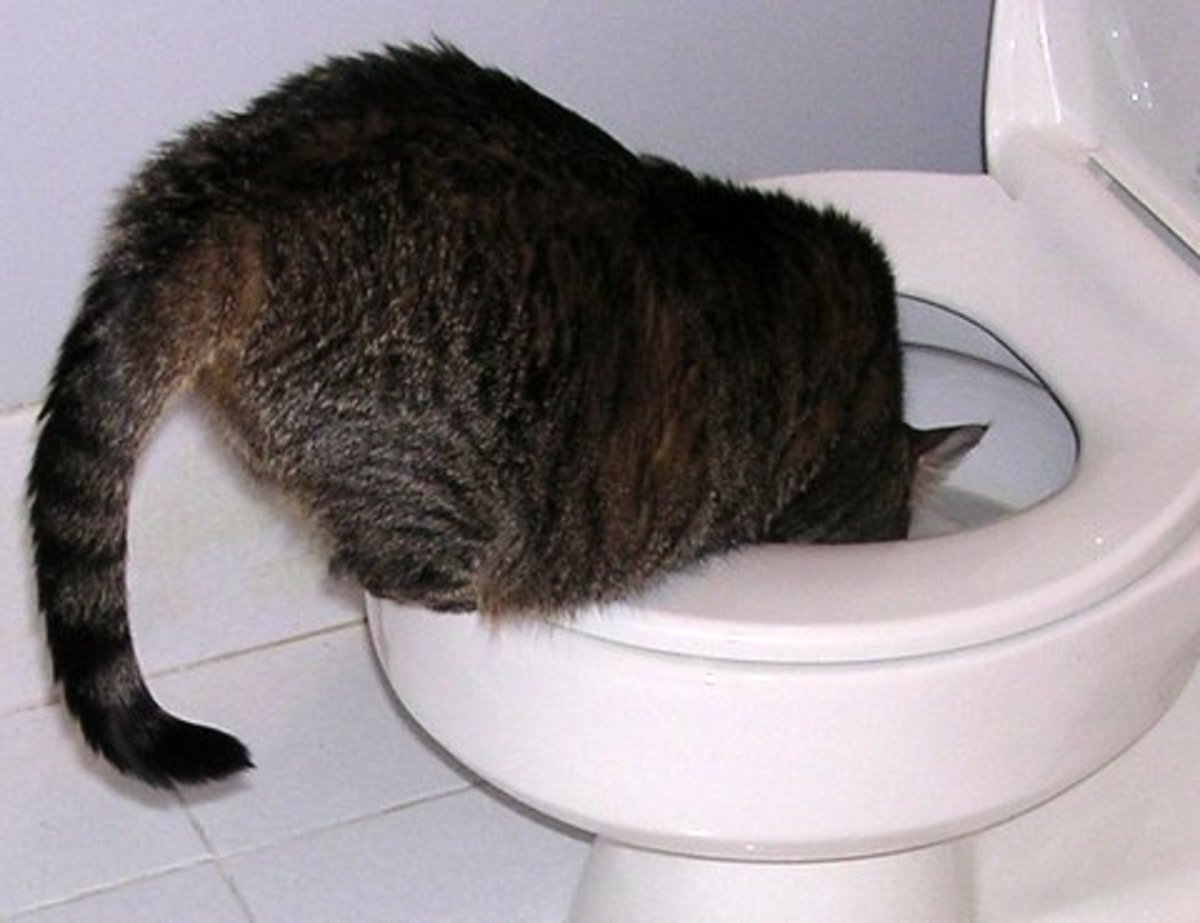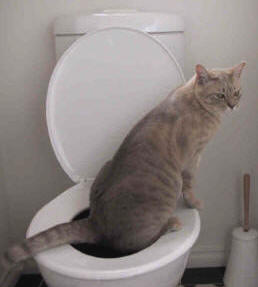Our Consequences of Flushing Animal Waste Down the Toilet
Our Consequences of Flushing Animal Waste Down the Toilet
Blog Article
This article down the page relating to Why you should never flush dog poop down the toilet is fairly interesting. Don't bypass it.

When it comes to taking care of waste, especially animal waste, lots of people commonly consider the hassle-free alternative of flushing it down the toilet. However, this seemingly very easy solution can have major effects for the setting and public health. In this article, we'll explore why flushing pet waste down the commode is a poor idea and provide alternative techniques for correct disposal.
Introduction
Proper garbage disposal is essential for preserving ecological sustainability and public health. While it may seem harmless to purge animal waste down the bathroom, it can cause various issues, both for the atmosphere and human wellness.
Dangers of flushing pet waste
Environmental effect
Flushing animal waste introduces damaging germs and virus into rivers, which can negatively affect water communities. These microorganisms can pollute water sources and damage marine life, interfering with fragile ecosystems.
Public health issues
Pet waste has damaging microorganisms such as E. coli and Salmonella, which can present serious health and wellness risks to humans. Flushing animal waste down the commode can contaminate water materials, resulting in the spread of illness and infections.
Alternatives to flushing
Rather than flushing pet waste down the commode, there are a number of alternate disposal approaches that are more environmentally friendly and hygienic.
Composting
Composting animal waste is an environmentally friendly method to throw away it. By composting, raw material is broken down right into nutrient-rich soil, which can be used to fertilize yards and plants.
Land fill disposal
Dealing with animal waste in a garbage dump is another option. While not as eco-friendly as composting, it is a much safer choice to flushing, as it protects against the contamination of water resources.
Animal waste disposal systems
There are specific animal waste disposal systems available that securely and hygienically deal with pet waste. These systems commonly utilize enzymes to break down waste and get rid of odors.
Actions to correct pet waste disposal
To guarantee appropriate disposal of animal waste, follow these steps:
Scooping and landing waste
Routinely scoop and bag pet waste using eco-friendly bags. This protects against waste from infecting the setting.
Utilizing designated waste containers
Dispose of bagged animal waste in designated waste bins, such as garden compost containers or landfill bins. Stay clear of flushing it down the toilet in any way prices.
Cleaning litter boxes and family pet locations consistently
Consistently tidy litter boxes and pet dog areas to prevent the buildup of waste and germs. Use pet-safe cleaning items to keep hygiene.
Benefits of correct disposal techniques
Taking on correct disposal techniques for animal waste supplies several benefits:
Minimized environmental pollution
Proper disposal techniques reduce the danger of environmental pollution, securing waterways and ecological communities from contamination
Decreased risk of water contamination.
By avoiding flushing pet waste down the commode, click here the risk of water contamination is considerably reduced, securing public health.
Enhanced sanitation and hygiene
Proper disposal methods promote far better hygiene and hygiene, developing a much safer environment for both human beings and pets.
Conclusion
In conclusion, purging pet waste down the commode is harmful to the atmosphere and public health. By adopting alternate disposal approaches and adhering to appropriate waste administration techniques, we can minimize the negative impact of animal waste and add to a cleaner, much healthier planet.
What To Do With Dog Poo – The Do's And Don'ts Of Disposing Of Faeces
Dog poo bins
Some councils provide dedicated dog waste bins in popular dog-walking areas that can take dog poo that has been bagged but you can legally dispose of dog waste in any public litter bin, as long as it is securely bagged. This also applies to your wheelie bin at home.
Do not flush
Water companies do not recommend flushing dog faeces down the toilet because certain parasites can survive the water processing treatment and are potentially harmful to humans. You should also never consider flushing dog poo that has been bagged down the toilet as the bags will not break down and instead create severe blockages in the sewage system.
In the woods
The Forestry Commission promotes a ‘stick and flick’ method for dealing with waste in the woods. This means finding a stick and using it to flick any poo from off the path so that it is out of the way of other walkers. You could also bury it as long as it is not in an area where there might be livestock.
Livestock
Parasites found in dog poo can be transmitted to livestock if they inadvertently eat infected faeces that has been left on grazing land. This could result in the death of sheep or abortion in cattle so you should always make sure you pick up your dog’s waste in fields where livestock could be present.

Consistently tidy litter boxes and pet dog areas to prevent the buildup of waste and germs. Use pet-safe cleaning items to keep hygiene.
Benefits of correct disposal techniques
Taking on correct disposal techniques for animal waste supplies several benefits:
Minimized environmental pollution
Proper disposal techniques reduce the danger of environmental pollution, securing waterways and ecological communities from contamination
Decreased risk of water contamination.
By avoiding flushing pet waste down the commode, click here the risk of water contamination is considerably reduced, securing public health.
Enhanced sanitation and hygiene
Proper disposal methods promote far better hygiene and hygiene, developing a much safer environment for both human beings and pets.
Conclusion
In conclusion, purging pet waste down the commode is harmful to the atmosphere and public health. By adopting alternate disposal approaches and adhering to appropriate waste administration techniques, we can minimize the negative impact of animal waste and add to a cleaner, much healthier planet.
What To Do With Dog Poo – The Do's And Don'ts Of Disposing Of Faeces
Dog poo bins
Some councils provide dedicated dog waste bins in popular dog-walking areas that can take dog poo that has been bagged but you can legally dispose of dog waste in any public litter bin, as long as it is securely bagged. This also applies to your wheelie bin at home.
Do not flush
Water companies do not recommend flushing dog faeces down the toilet because certain parasites can survive the water processing treatment and are potentially harmful to humans. You should also never consider flushing dog poo that has been bagged down the toilet as the bags will not break down and instead create severe blockages in the sewage system.
In the woods
The Forestry Commission promotes a ‘stick and flick’ method for dealing with waste in the woods. This means finding a stick and using it to flick any poo from off the path so that it is out of the way of other walkers. You could also bury it as long as it is not in an area where there might be livestock.
Livestock
Parasites found in dog poo can be transmitted to livestock if they inadvertently eat infected faeces that has been left on grazing land. This could result in the death of sheep or abortion in cattle so you should always make sure you pick up your dog’s waste in fields where livestock could be present.

I recently found that blog entry on Don't Flush Your Pets Poo Down The Loo, Vet Warns while scouting around the search engines. Liked our blog posting? Please quickly share it. Help other people check it out. Bless you for your time. Please come visit our website back soon.
Request Service Report this page